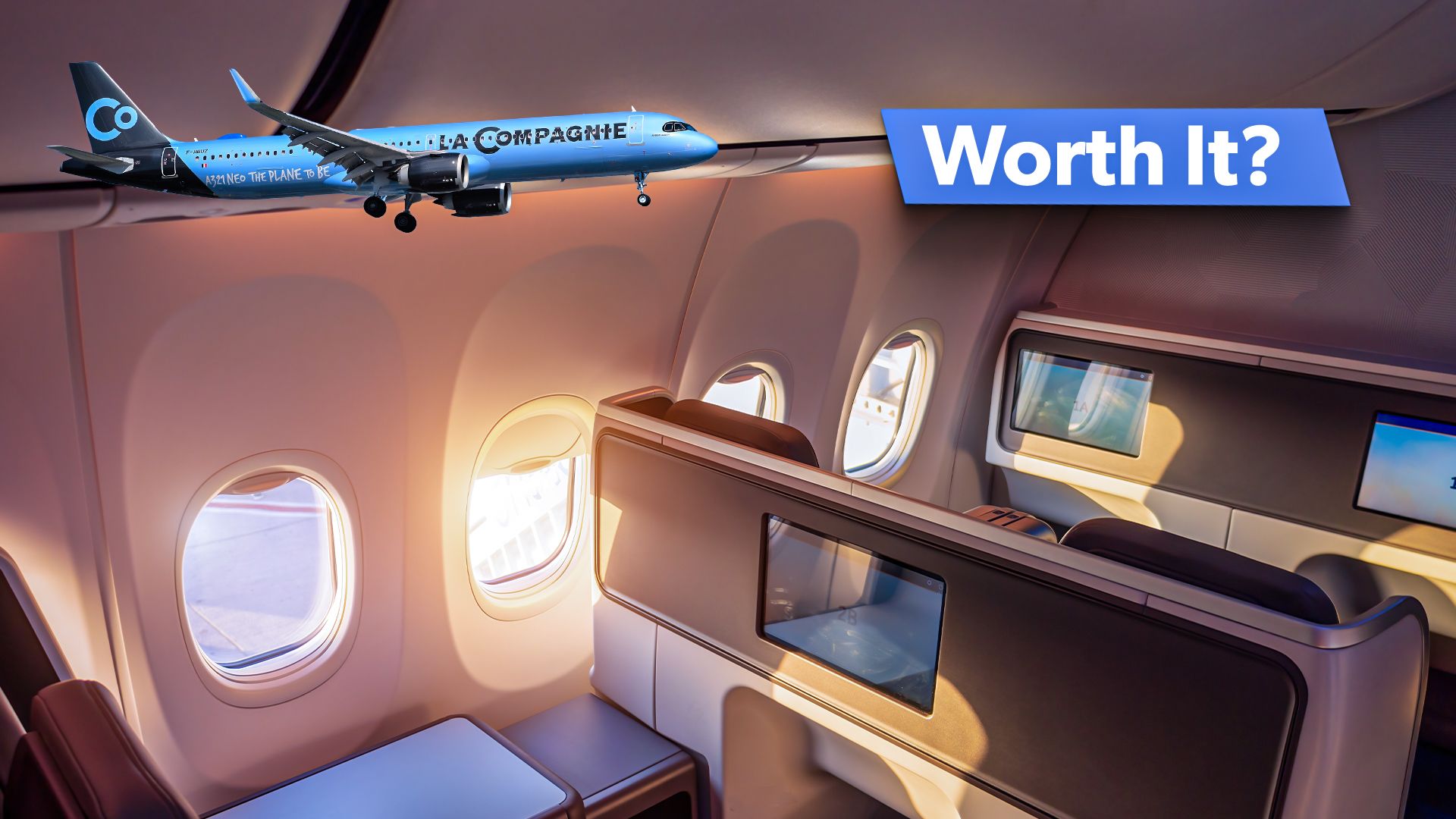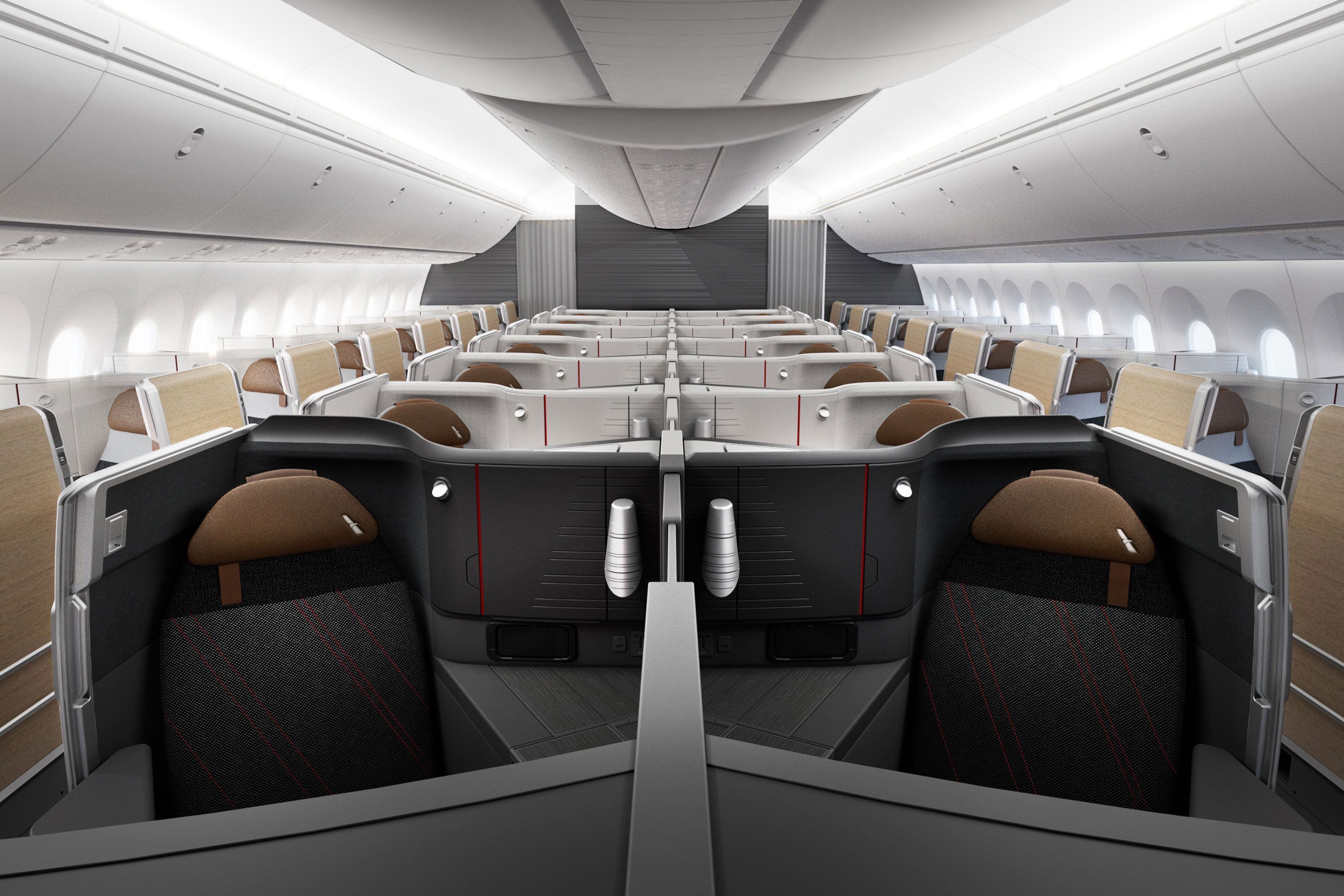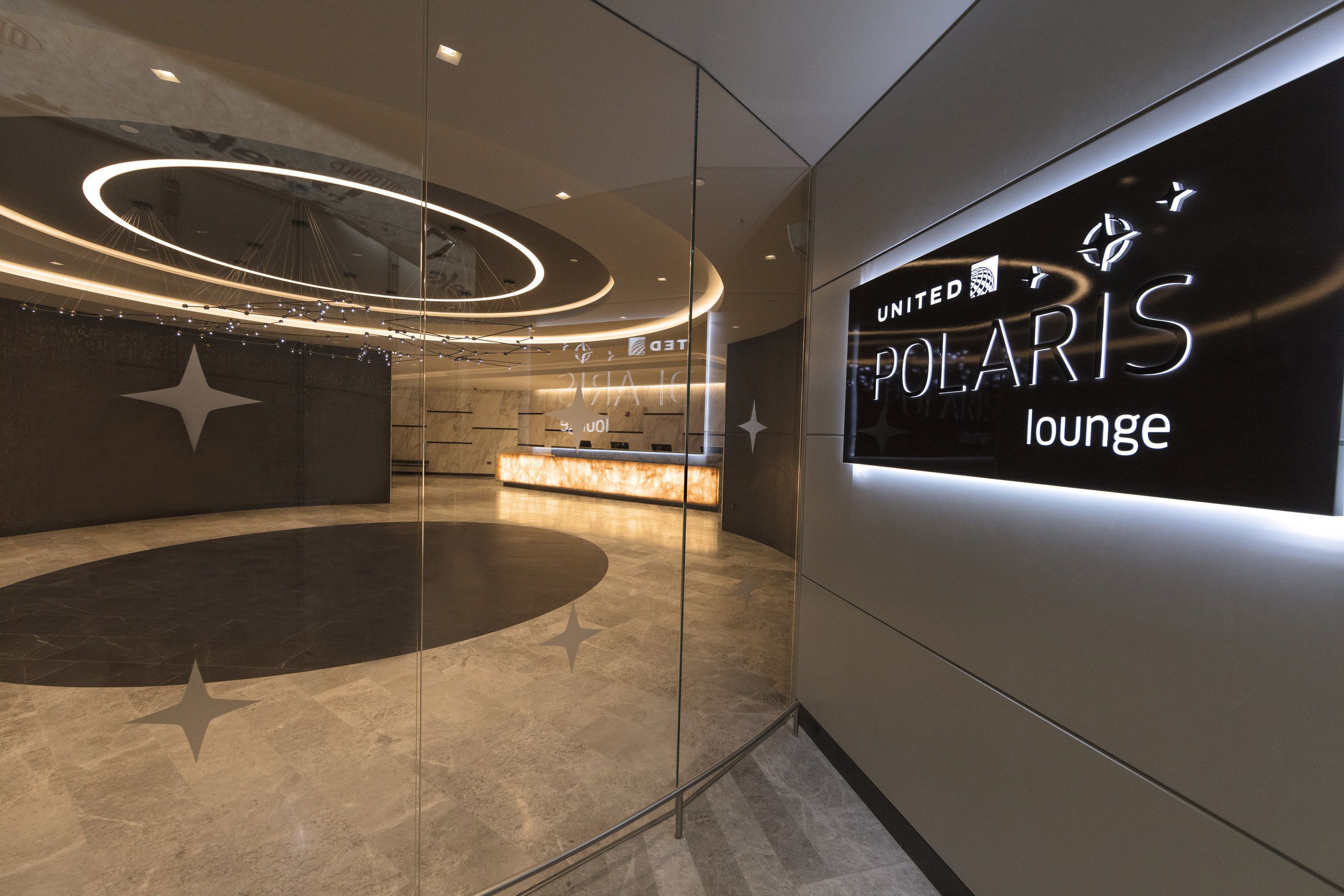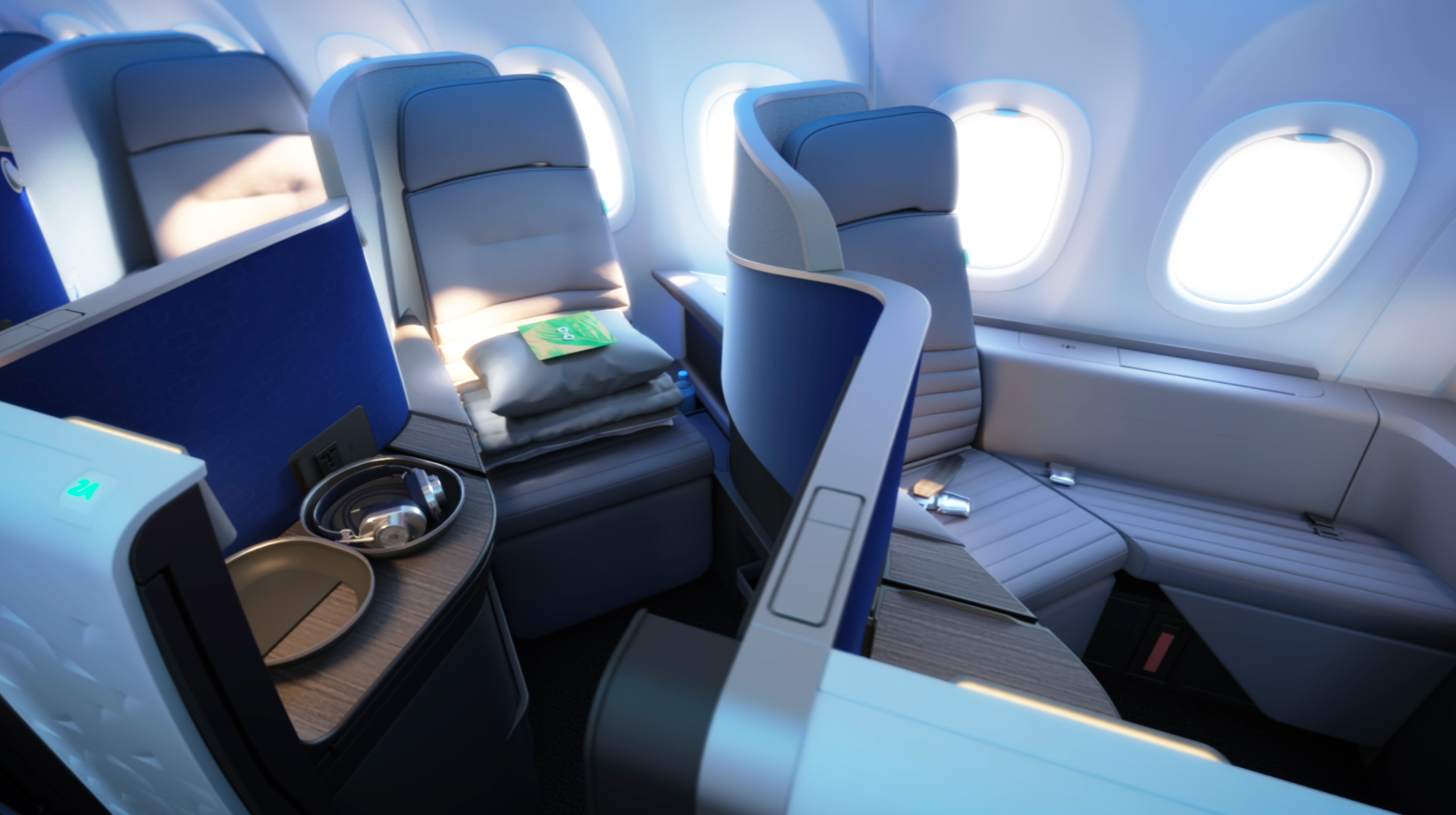Summary
- Business class is often comparable to old first class, with premium amenities and services.
- Many airlines are phasing out first class to enhance business class or introduce exclusive seats.
- Premium class seats offer luxury amenities, are expensive, and can be accessed with flyers’ status or rewards.
Regardless of a flight’s length, most airlines offer at least two different cabin classes on their aircraft. Many of these carriers, unlike low-cost and ultra-low-cost airlines, can hike up their prices immensely for their most premium travel experience.
While some travelers may never choose to fly in business class, others may enjoy the occasional upgrade. However, there is also a category of passengers who will never fly unless they are in a class other than economy, coach, or the main cabin.
In fact, some airlines have outfitted their cabins to only feature a business class product. The move is more appropriate for their network, as a long-haul flight makes the experience much more enjoyable.
Nonetheless, it is common for carriers to deploy their widebody or premium-heavy aircraft on short-haul routes as well. Regardless of the scenario, when is it really worth it to book or upgrade to a business class seat?
What happened to first class?
Business class has somewhat evolved over the years. Today, it can be comparable to what was previously known as “first class,” as passengers receive several benefits from the moment they step foot in the airport. Airlines have since embraced the product as business class, as it caters to and attracts those who are traveling for work or are just constantly working. As such, the idea of first class has taken on a new meaning – or has just simply been omitted.
For example,
![]() American Airlines
American Airlines
only offers its Flagship First product on its Airbus A321T (Transcon) and Boeing 777-300ERs. The product only has a subtle difference from Flagship Business as they feature the same seats and amenities. Perhaps the major distinction between the two is the layout of the seats. Flagship First seats are more spread out in the cabin.
Photo: American Airlines
The airline will do away with the product, as it is set to introduce all-new Flagship Suite premium seating on the A321XLRs, which will replace the A321Ts. New 787-9 Dreamliner deliveries will feature the updated product, while the carrier will retrofit its existing 777-300ERs with the new premium seating.
Many other airlines have already removed first class from their cabins, offering an exclusive business class, such as Delta One or United Polaris. Airlines that still do feature first class have attempted to improve the product even more, such as exclusive boarding or even limo service to the aircraft.
Be prepared to pay a lot, but enjoy the amenities
Obtaining a seat in the front of an aircraft cabin, especially on a long-haul flight, is undoubtedly costly. Depending on the time of year and demand, some international flights can cost as much as $10,000 roundtrip.
Even cross-country flights can be expensive, ranging anywhere from $1,000 to $5,000. Domestic first class, which is the most premium product on numerous airlines with narrowbody planes that are not deployed on specific routes, can also be an investment. Despite these seats not featuring lie-flat capability, airlines can easily charge over $1,000 a seat.
Photo: United Airlines
Travelers with airline-specific credit cards or generic travel credit cards that allow points to be transferred to miles can save the buck. Additionally, those with frequent-flyer status are more privy to upgrades at little or no cost.
Many consider business class to be the most stress-free travel experience, as priority check-in is offered. At some airports, some airlines also provide security checkpoint lanes only for business class travelers. Additionally, exclusive lounges or restaurants may be available depending on the airline and route.
This can also save money as lounges typically have free food and beverages. It also offers more space and comfort than being in the terminal’s public area. Regardless of having frequent-flyer status, business class travelers can also fly with free checked bags.
Once onboard, meals and beverages are also provided, depending on the flight length. Most passengers in business class do not have to worry about going hungry. Over the years, airlines have worked to improve the quality of inflight meals. Today, several carriers offer restaurant-quality meals and cutlery, which, of course, adds to the luxury.
Photo: Delta Air Lines
With lie-flat seats, blankets, and pillows, they can also feel more rested when they arrive at their destination. While amenity kits are commonly provided, some airlines have gone above and beyond.
Most lounges have showers, allowing travelers to freshen up before their flight. Emirates has notably equipped its A380s with showers onboard. However, the perk is only available to first class passengers.
There is no question that premium seats have high demand, as some airlines only offer the product and nothing else. LaCompagnie is an all-business class French airline.
The carrier exclusively operates transatlantic flights with its fleet of A321neos. Each aircraft features 76 full flat seats, meaning every passenger onboard gets the same experience.
Opting in for the most comfortable seat
Whether business class is worth it depends on the passenger, their finances, and their preferences. However, most would agree that a larger seat on a flight longer than six hours is much more comfortable than sitting in the main cabin. Shorter flights may be more difficult to justify.
Photo: JetBlue Airways
One person on an advice forum explained that they only fly in business class due to all the benefits provided.
“I won’t fly economy anymore. And it’s not just about the seat. You get your own line at check in, you get a nice lounge to sit in, you get to board the plane first and disembark first.There’s always room in the overhead compartment. If you check a bag, it comes off the carousel first. On the way home, if you don’t check a bag and you have global entry, you’re getting into your Lyft while the people in the back of the plane are still on the jetway. It’s worth every penny.”
To fill up planes, some airlines will offer deals on business class seats, especially if it is a domestic route, as they would be branded as domestic first class.
This would also allow some travelers to still take part in a luxury experience without spending too much. Nonetheless, the experience may lack amenities, given that domestic flights are typically shorter in length than international or overseas journeys.





